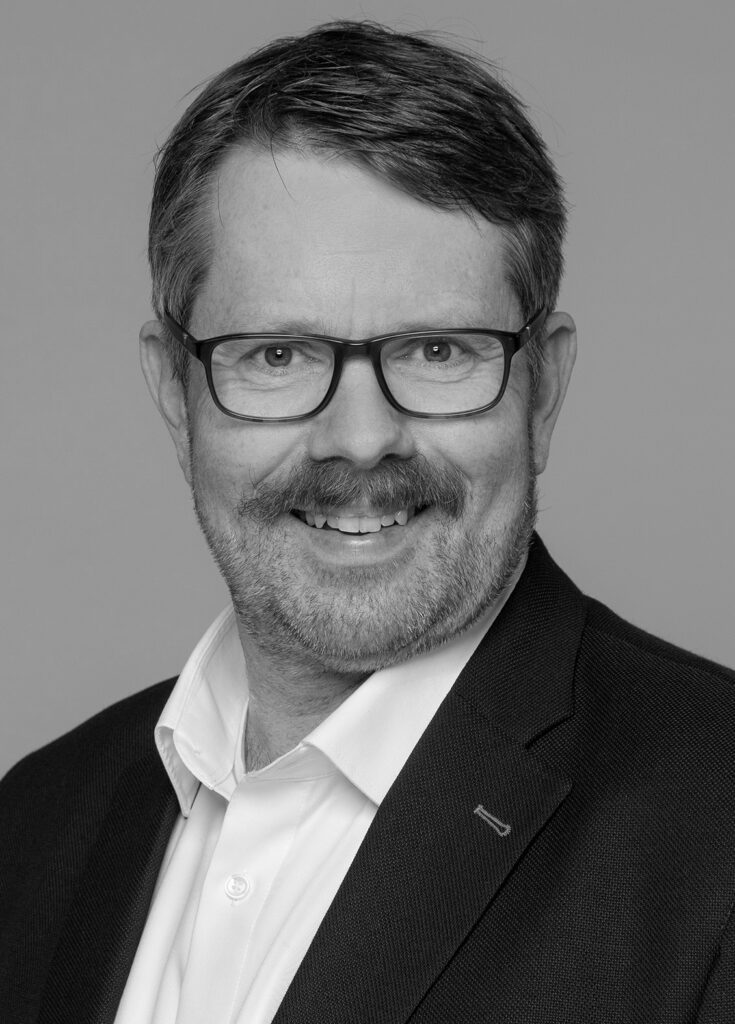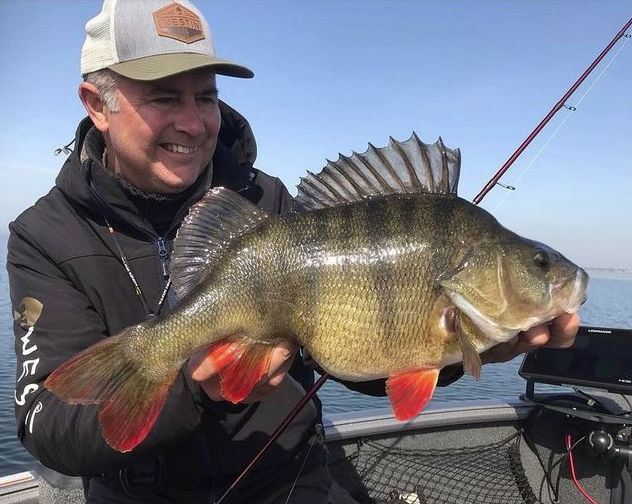There is a growing predator market in Europe ready to be exploited
Share

Frerk Petersen is a veteran of the European angling trade thanks to 20 years at Zebco Europe, including five as MD. He sees emerging opportunities for ambitious predator brands.
“If I was given the chance today to represent and develop a brand in a European market of my choice, I’d probably choose modern predator fishing. But to succeed, I wouldn’t choose just any brand. No, I’d look for a brand that met two requirements in particular: dynamism on social media, with a steady flow of content; and a willingness amongst the owners to adapt to local trends and preferences.
“Combine these with a great product and there is a growing market in Europe waiting to be exploited.
“I have worked for years in the European tackle trade. In that time I have seen many trends emerge and grow. And right now the signs are all pointing towards predator fishing growing stronger than any other sector. Data has never been reliable in Europe, but we tend to assume that Carp and Predator have each been accounting for 25% of the market, with Match, Coarse, Fly, Sea and some niche pursuits taking up the other half.
“My guess is that Carp has remained stable in the past few years while Predator has grown its slice of the pie, at the cost of Sea, Match and Coarse.

“The predator segment is showing real resilience and is hungry for new and interesting brands. It’s exciting to see how many start-ups and new brands are playing an important role in the segment today that were unknown just a few years ago, if they even existed at all.
“The reason is that predator fishing fits the times we are living in. It’s a fast-paced world of video interaction and of new heroes who can quickly form a following by directly demonstrating their skills, often in competitions.
“Predator fishing is being aided by videos that are many times more spectacular, colourful and noisier than those of other fishing techniques. Meanwhile, many high-class competitions and online challenge formats have now been established in Europe and are followed by hundreds of thousands of fans. There is the World Predator Classic competition with its massive prize pot, held annually in the Netherlands. And there are the YouTube competition formats such as Zander Pro, Perch Pro and the YouTube Predator Cup.
“The anglers that succeed in these events are gaining huge exposure, which is helping to secure the long-term success of the segment. The popularity of well-known representatives such Dustin Schöne (of the Nays brand out of Germany), Luc Coppens (from Belgium representing Westin) and Willem Stolk (Netherlands, River7) means there is a deeper connection with end-users that goes beyond any attachment to the products themselves. It is no surprise that we are also seeing merchandising being used far more heavily by predator brands, particularly clothing. Make no mistake, predator apparel is highly fashionable these days.

“Associated non-core products, such as fast boats and advanced electronics, also help rack up the views. As do stories of traveling to competitions and new locations for bigger fish. And don’t forget the fitness element. Spinning is a very active form of fishing, giving its proponents on social media yet another way of drawing attention.
“The opportunities for predator brands are also there because its audience of young adults between 20 and 30 have a relatively high disposable income. They are often in their first significant professional roles and without families or big household bills. In other words, predator fishing has passionate followers with cash to spend on that passion.
“Better still, the competitive nature of predator fishing and its technically oriented techniques make this target audience particularly receptive to new products. The fish in the target waters have already ‘seen almost everything’ and require new types of bait in order to be seduced. It’s one reason why non-European companies with unusual products are in demand, even when their gear has not been specifically designed for European fish species. Tackle from Japan, for example, is frequently imported directly by fanatics so that they can stand out from their fishing friends.
“So how do you make your brand ‘stick’ and generate long-term success? I think in four ways.
1. You need logistical excellence with everything in place to make life easier for your business partners. Nowadays it is expected that orders can be placed online. Product availability needs to be clear and deliveries made promptly and as completely as possible. Be organised at the back end.
2. Next, give optimal support in terms of data. Even beyond the large online-only retailers, many customers now combine an online shop with their physical shop. Good data is extremely important, regardless of whether it is technical data, media such as images and films, or ERP-relevant data for each individual item, such as packaging materials, sizes and weights. Make sure you are up to speed.
3. Your discount scheme should be consistent and logical. Customers used to be happy about the highest possible discounts. But in the long term it is more important that customers feel that they are being treated equally and fairly and that competitors are not being potentially advantaged. Get your strategy right.
4. Be ready with all that PR activity – and be ready to sustain it. Retailers need to see that you are able to drive consumer demand. It may be easier today in the age of social media compared to when print ads dominated, but it still takes focus and effort. Do you have the skills and the team to do it?
The rewards are certainly there in the European predator market, but be prepared to go beyond product to succeed.”





